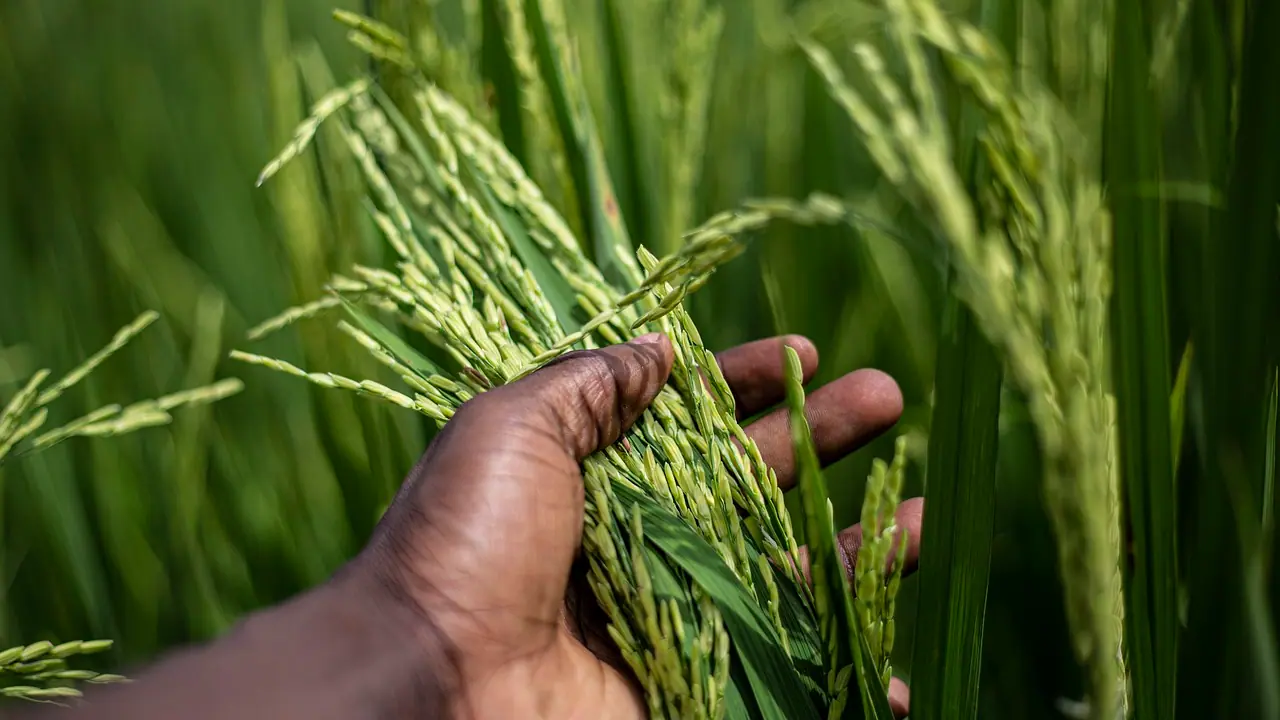India’s agricultural exports to the US may remain stable or grow despite new tariffs, as competing nations face higher duties.
India may continue to maintain or even expand its agricultural exports to the United States despite the newly announced tariffs by President Donald Trump, as rival exporting nations face even steeper duties, according to noted agricultural economist Ashok Gulati.

The 26 per cent "discounted reciprocal tariff" imposed by the US on Indian goods is expected to have a limited impact on major agricultural exports such as seafood and rice, especially when compared to the higher tariffs faced by competing countries, said Gulati, a former chairman of the Commission for Agricultural Costs and Prices (CACP).
"We should not look at the tariff increase in absolute terms, but see relative tariff increases with our competitors," Gulati told PTI.
He highlighted that while India faces 26 per cent tariffs, China is subject to 34 per cent duties, giving Indian exporters an 8 per cent advantage. Other competitors are facing even steeper challenges, with Vietnam at 46 per cent, Bangladesh at 37 per cent, Thailand at 36 per cent, and Indonesia at 32 per cent.
Ashok Gulati on seafood exports
For seafood exports, particularly shrimp, Gulati explained that India's relative tariff advantage, combined with shrimp's small share in the overall US food expenditure, means that demand is unlikely to decline significantly.
Gulrej Alam, General Secretary of the Shrimp Feed Manufacturers Association of India, noted that India is a major shrimp exporter to the US, shipping about half of its total annual export of 9 lakh tonnes there.
"There will be a little setback in the short term because of a lower tariff of 10 per cent imposed on Ecuador, which is also one of the major shrimp exporters to America," Alam said. "This will be a cause of concern for Indian shrimp production."
Ecuador, being closer to the US, enjoys a logistical advantage. However, Alam pointed out that India has bulk handling capacity and superior quality packaging.
"In the short term, the trade will see re-routing. However, in the long term, trade will not be a challenge," he added.
Vijay Sethia on rice exports
Similarly, India's rice exports remain competitive despite the tariff increase. The current US tariffs on rice stand at 9 per cent, but even with an increase to 26 per cent, India retains an edge over Vietnam and Thailand.
Vijay Sethia, a former president of the All India Rice Exporters Association, said India exports between 250,000 and 300,000 tonnes of rice annually to the US.
"The 26 per cent tariff on all varieties of rice will definitely slow down our exports in the short term but will capture its space in the long term," Sethia remarked, adding that the duty hike will ultimately impact American consumers.
Gulati, currently a chair professor for agriculture at the Indian Council for Research on International Economic Relations (ICRIER), suggested that India could potentially capture market share in areas vacated by higher-taxed competitors.
